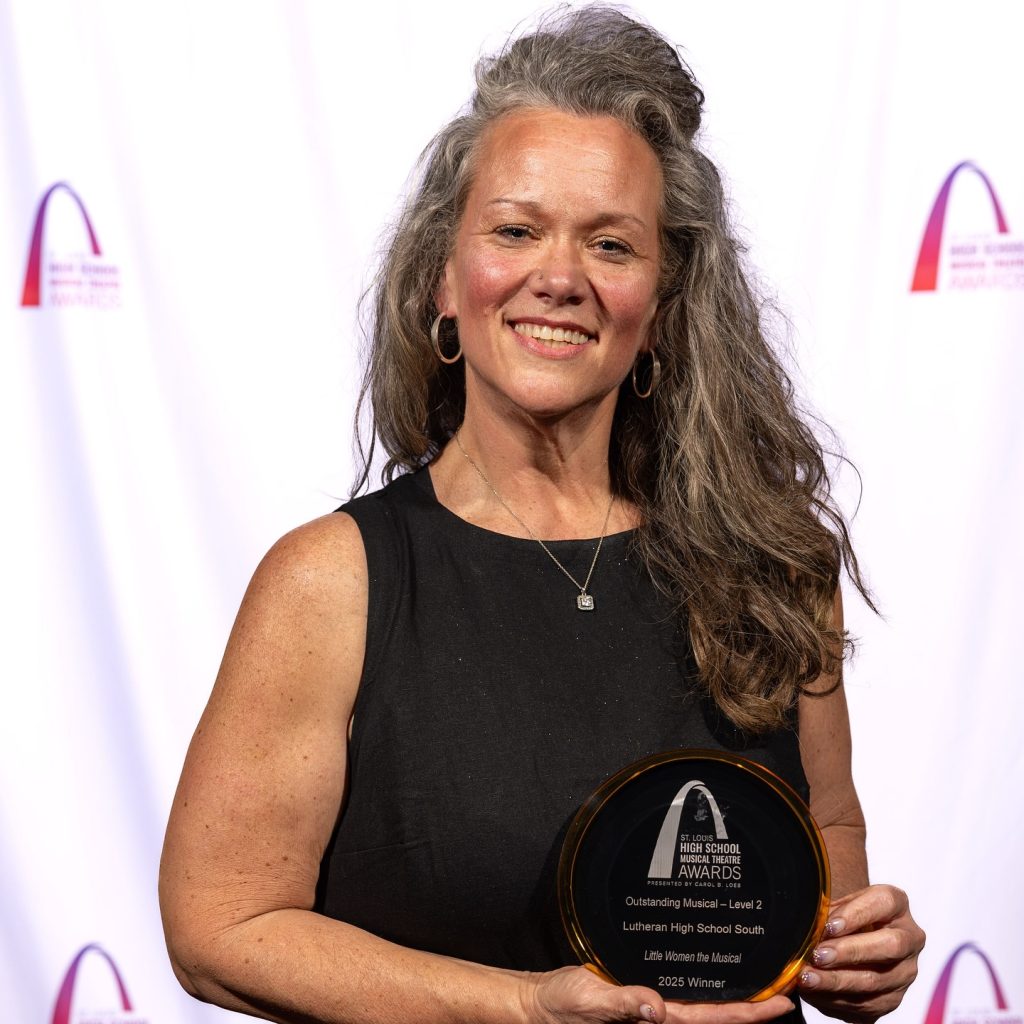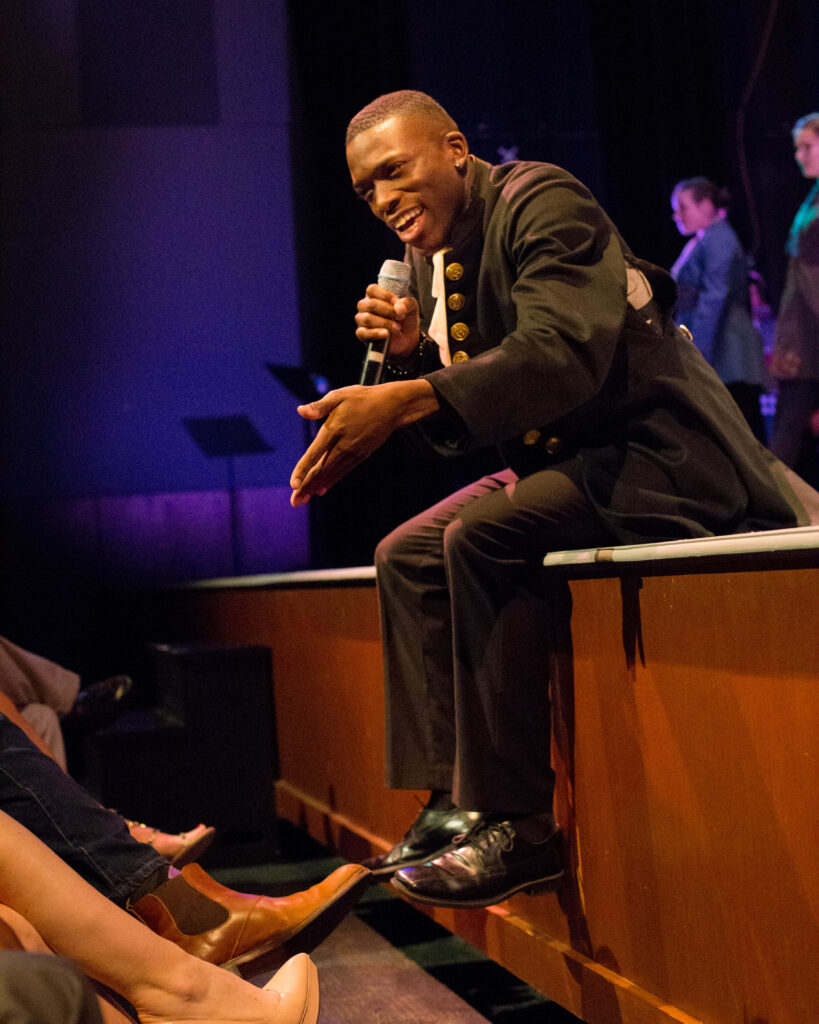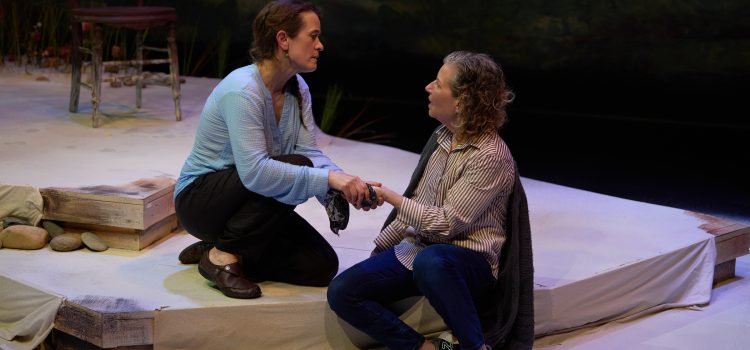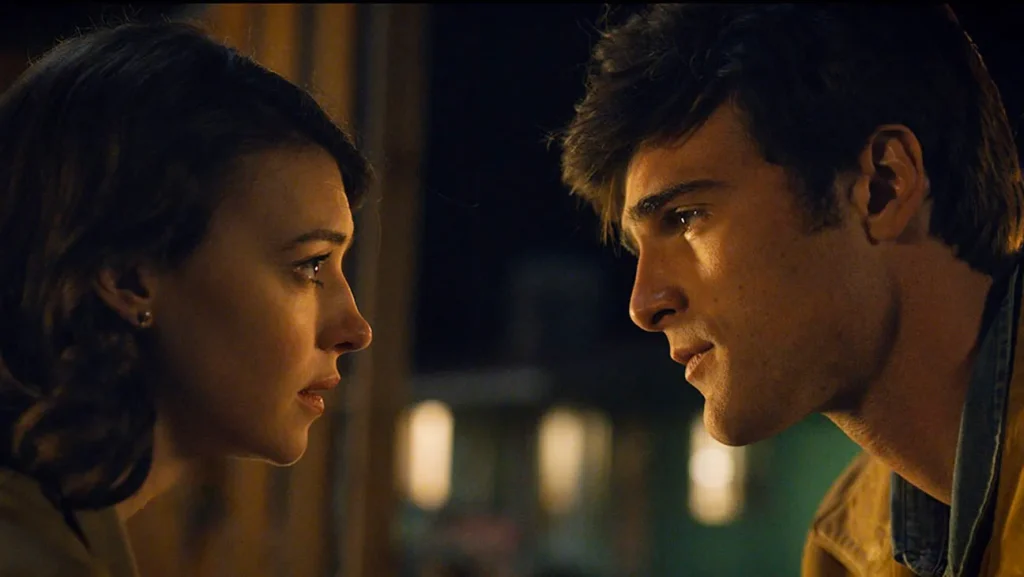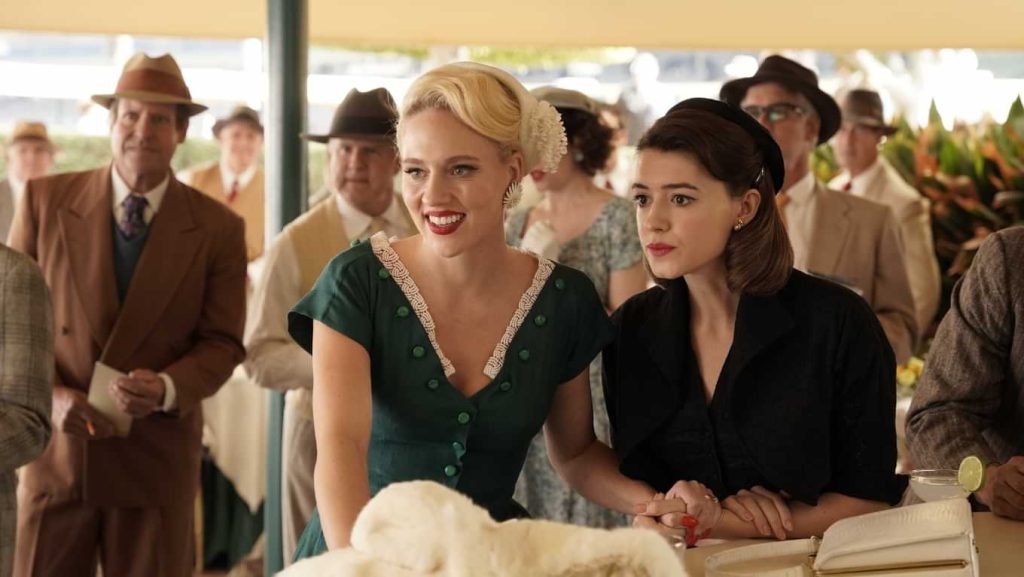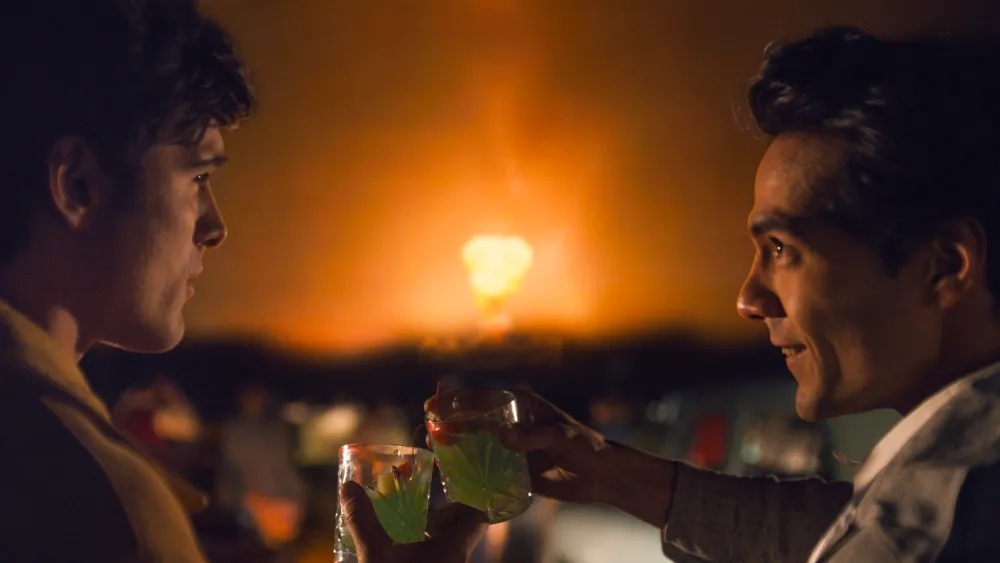By Lynn Venhaus
The late great Democratic politician Ann Richards, former Texas governor and vocal feminist advocate, once said: “In politics, if you want anything said, ask a man. If you want anything done, ask a woman.”
She also said, “The roosters may crow, but the hens deliver the goods.”
Amen to that. Such is the example of Tesseract Theatre’s audacious side-splitting satire “POTUS: Or, Behind Every Great Dumbass Are Seven Women Trying to Keep Him Alive” by Selina Fillinger.
The focus is on the subtitle and resembles recent “Saturday Night Live” zingers as we see seven women connected to the U.S. President trying to get through a terrible, horrible, no good, very bad day without a gentle good night in sight, either.
The president’s off-color remark about his wife has created a frenzy, and while his chief of staff and press secretary try to develop a response, other firestorms are brewing. Conditions spiral from there, as zany as a Marx Brothers movie, with nods to “VEEP” and “Noises Off!” as well.

Given the world’s current state of affairs, we might as well laugh, and there are plenty of opportunities to do so. Because the alternative is screaming or crying, and we have more chances for that in the continuous “Twilight Zone” loop we’re living in now.
We never see the leader of the free world, but vivid descriptions by the colorful characters piece together an unflattering portrait of an incompetent lout that sure doesn’t appreciate his ninja staff as he should because they deal with his sexual and political fallout. While vulgar, his obscene description of his wife is the least of his problems.
With its spry septet and fleet, whip-smart direction by Jessica Winingham, this regional premiere merges Fillinger’s sly, sharp dialogue and goofy antics into stylish chaos performed with gusto in the Kranzberg Black Box Theatre.
Displaying a farcical team spirit, even at their silliest, the weathered women elevate the nuttiness. Their fierce ‘we’re all in this together’ attitude fuels this stellar female cast.
The best and brightest politicos, now beleaguered, are in various degrees of meltdowns. As Harriet, Kelly Schnider is the epitome of a crisis manager as the sleek chief of staff who has been handling most of the nation’s business anyway.
Sarajane Clark is at her blunt, sarcastic best as Jean, the sharp-tongued press secretary trying to put out fires as soon as the president’s troublemaker sister, haughty unhappy wife, chatty girlfriend and nosy news reporter start them.
Angela Jean Hetz is amusing as Stephanie, the dutiful but hapless secretary who is always worried about losing her job. She throws herself into broad physical comedy with glee, and some blood is spilled.
The other four roles complicate the staff’s workday, which escalates the worsening situation.
Telegraphing B.S. through her facial expressions, Kimmie Kidd is comically delicious as the polished all-image-focused First Lady Margaret, whose line delivery drips with sarcasm as often as possible. She does not suffer fools, although she must act blissfully happy as the president’s spouse.

Isa Davis is a hoot as ditzy Dusty, an unsophisticated smalltown girl who has been invited to the Oval Office to see the president, but she already ‘knows’ him. The disarming Gen-Z’er enlivens the day’s events considerably, using her impressive dance team skills and naivete to benefit them all.
Angelia Prather vies with Davis for the biggest scene-stealer as Bernadette, the president’s black sheep sister, fresh out of prison through a controversial presidential pardon. The drug-dealing lesbian sister also admits to some shady business in the West Wing. She might have the funniest lines of all.
Laurell Renea Costello has fun as Chris, the pushy reporter who overhears and sees things she shouldn’t have, landing in a big puddle of hot water.
Because there aren’t any doors, per se, to dart in and out of, or slam, the creative design dilemma is solved through Winingham’s choice to have moving partitions. This makes the women’s physical comedy unimpeded.

Tony Anselmo’s lighting design and Michael Musgrove-Perkins’ sound design add to the atmosphere, with rambling sound bites from the current president and emphasizes the clown-car operations at Pennsylvania Avenue.
Costume Designer Mary Bobbins has made savvy choices suitable for each character’s personality.
Stage Manager Bella Lucero, Production Manager Sarah Baucom and Technical Director Kevin Sallwasser have created an astute playground for power plays, well-suited to achieve success in this production.
While the first act is sharp and skillful, the second act is goofier, often chemically enhanced nonsense – but it’s all madcap, not mean-spirited, in a feel-good but desperate ‘all for one, one for all’ attempt to clean up a very big mess.

While one can pick apart Fillinger’s logic for orchestrating insanity, this delightful cast is so well-choreographed by Winingham that the pleasure is derived from the performances.
Fillinger, who was a staff writer on “The Morning Show,” is clever in her contemporary satire. So is Winingham’s fast-paced direction.
Somehow, the communal laughter is contagious and cathartic, especially at this moment in time. And women indicating there’s strength in community is a lasting takeaway, no matter how pessimistic you are about the future.
Tesseract Theatre Company presents “POTUS: Or, Behind Every Great Dumbass Are Seven Women Trying to Keep Him Alive” May 22 through June 1 at the Kranzberg Black Box Theatre in Grand Center. For more information, visit tesseracttheatreco.org.

Sarajane Clark as Jean. Photo by Florence Flick

Lynn (Zipfel) Venhaus has had a continuous byline in St. Louis metro region publications since 1978. She writes features and news for Belleville News-Democrat and contributes to St. Louis magazine and other publications.
She is a Rotten Tomatoes-approved film critic, currently reviews films for Webster-Kirkwood Times and KTRS Radio, covers entertainment for PopLifeSTL.com and co-hosts podcast PopLifeSTL.com…Presents.
She is a member of Critics Choice Association, where she serves on the women’s and marketing committees; Alliance of Women Film Journalists; and on the board of the St. Louis Film Critics Association. She is a founding and board member of the St. Louis Theater Circle.
She is retired from teaching journalism/media as an adjunct college instructor.




